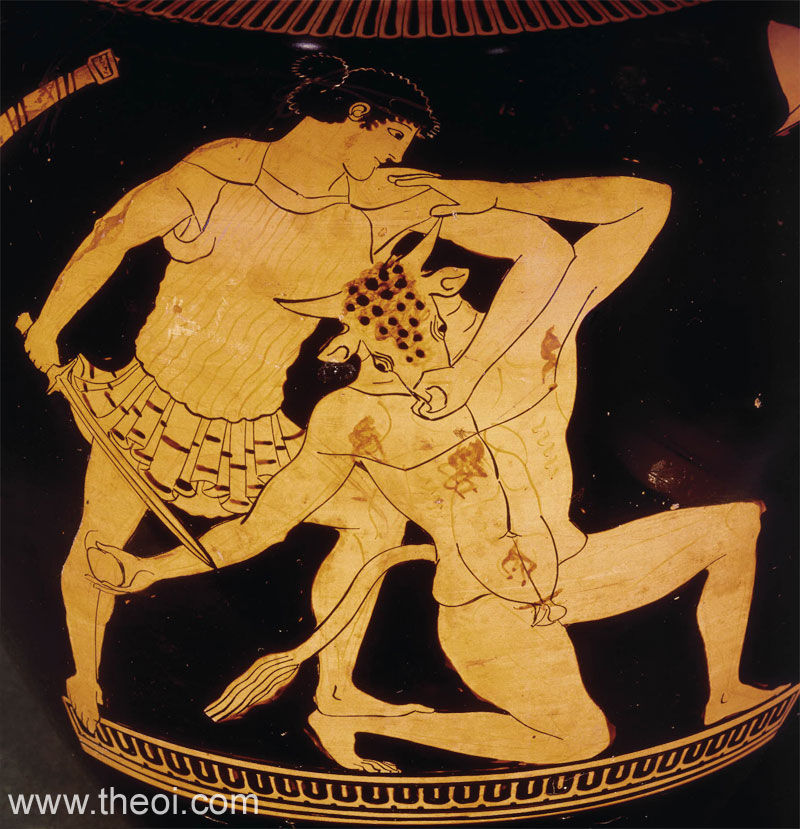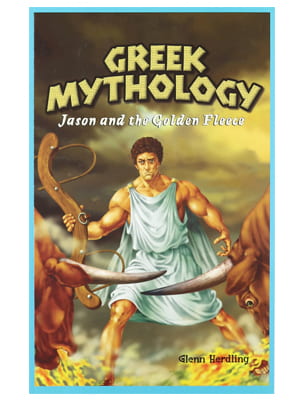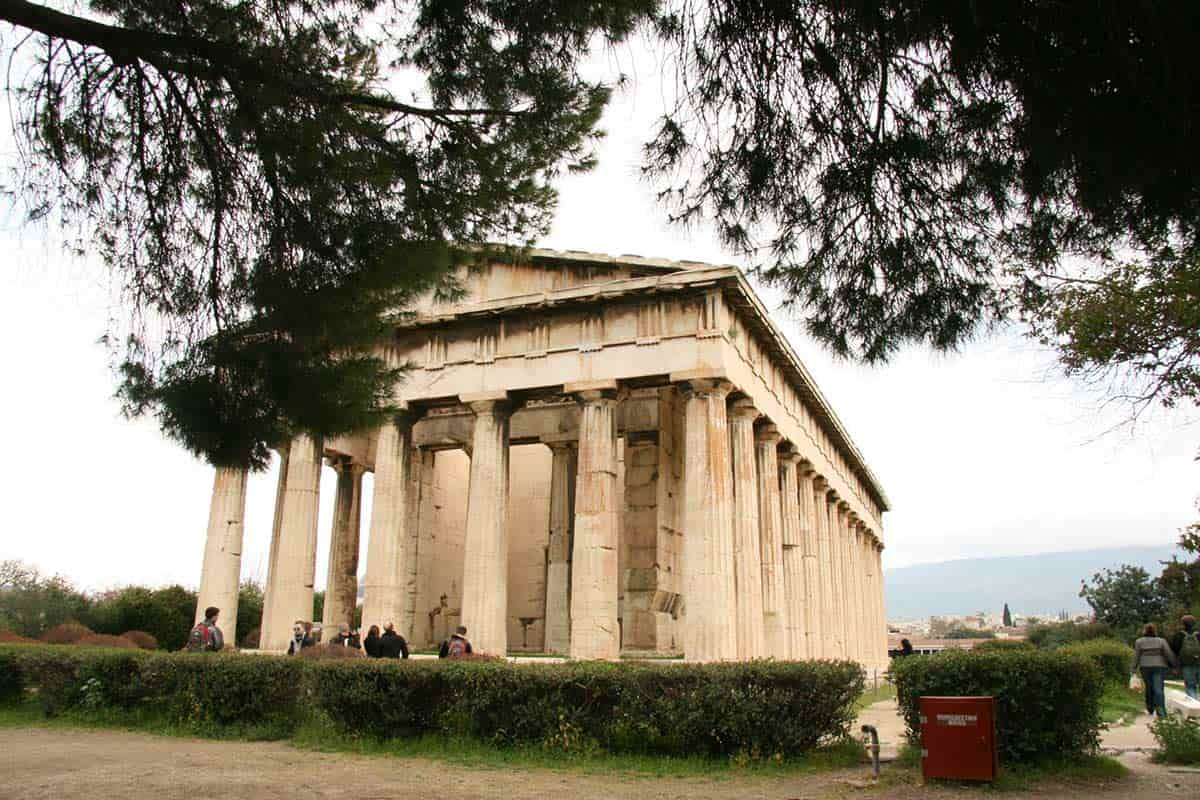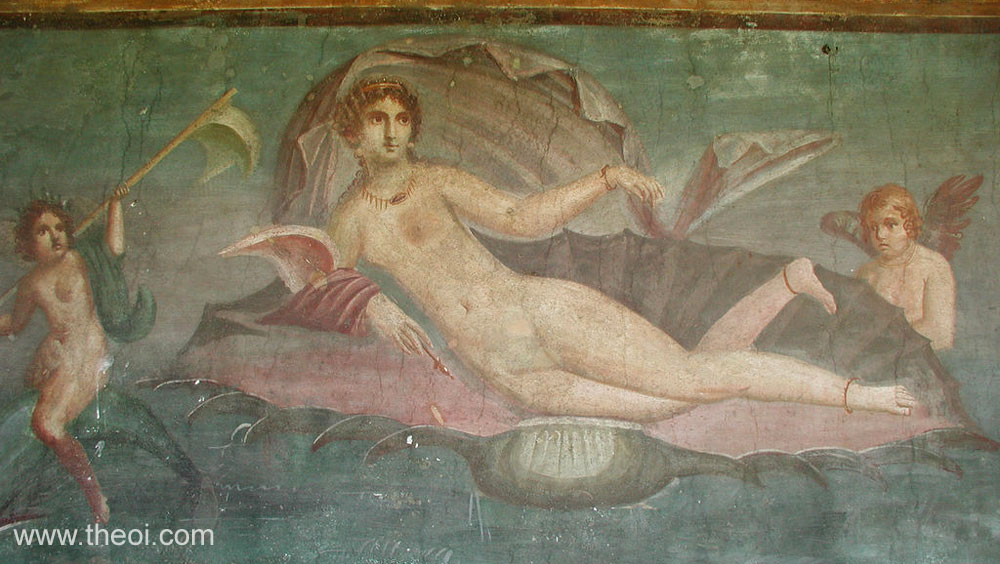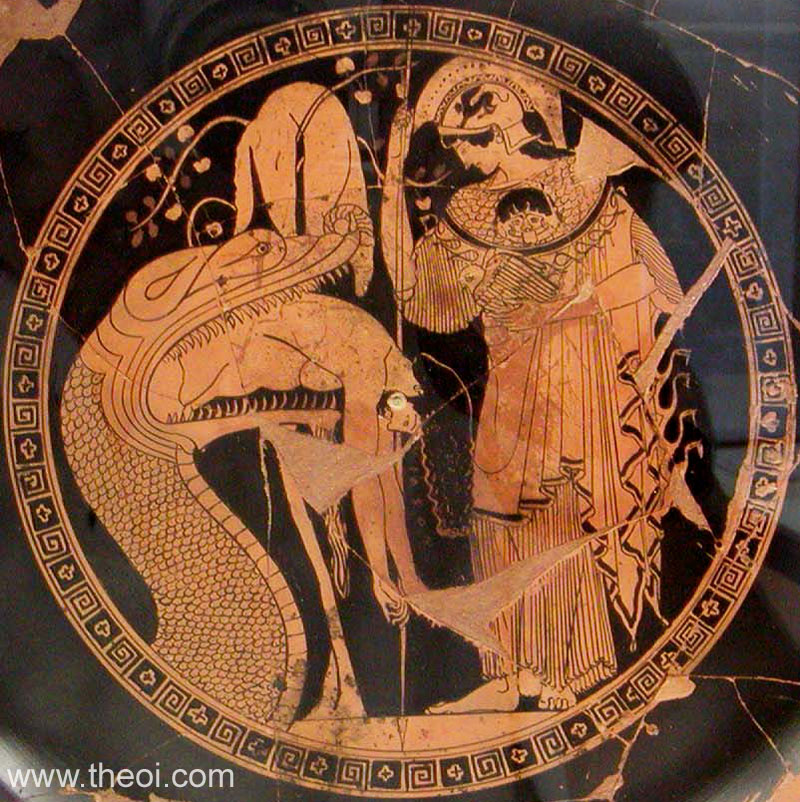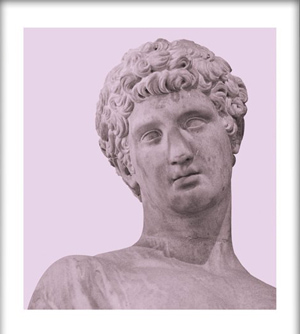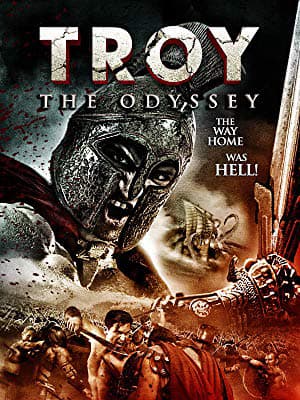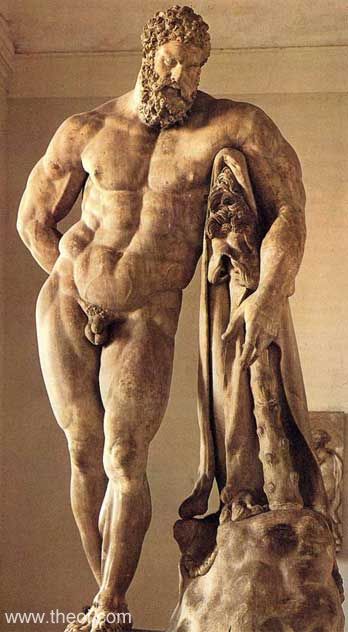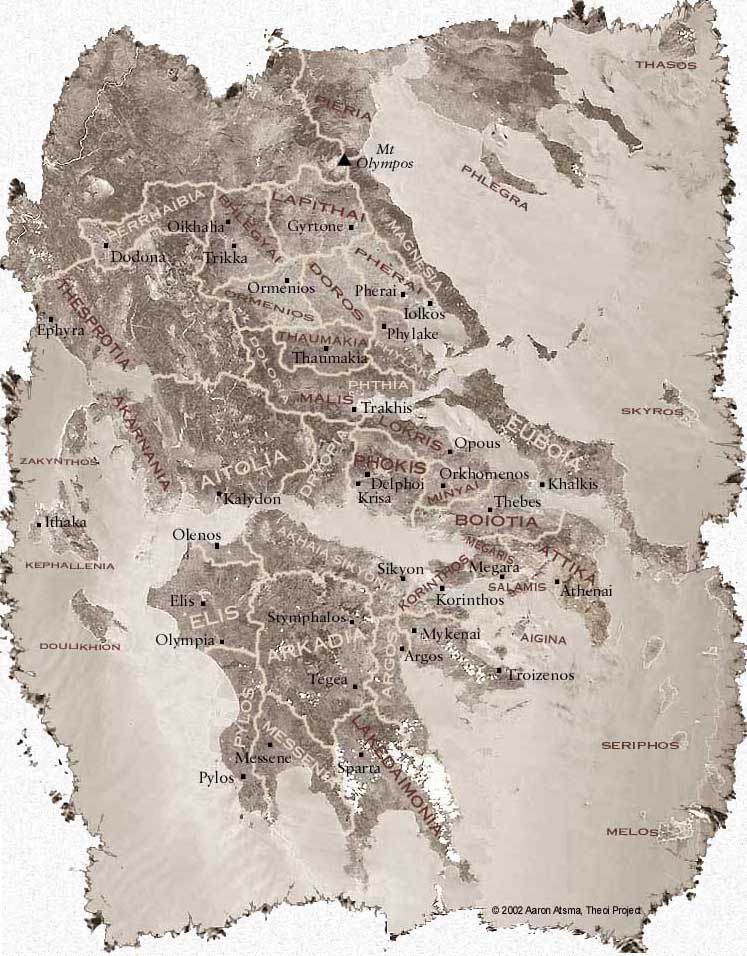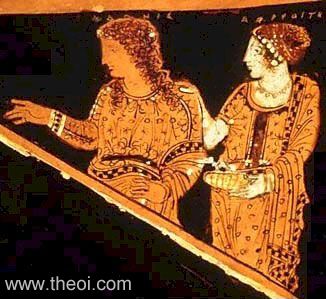You may not realize that some of the most well-known paintings from history are actually depictions of Greek mythology. While there are many Greek mythology paintings, these are the most famous.
Pallas and the Centaur (1482)
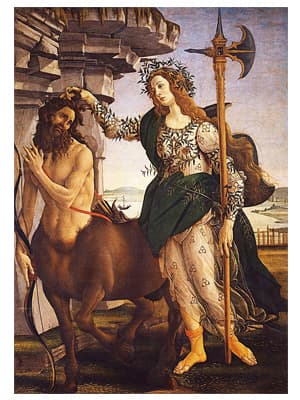
Pallas was the Titan god of war and battle and is the name chosen to be accompanied with the Centaur in Sandro Botticelli’s painting from 1482, Pallas and the Centaur. The woman in the picture is called Camilla, and her fingers are entwined in the Centaur’s hair. The Centaur seems to be submissive to her, which is a representation of the Centaur’s uncontrolled passion for beautiful women.
Camilla is holding a halberd, which is a large weapon that is carried by guards. This weapon held by Camilla infers that she is a guard who has taken the Centaur prisoner for shooting his bow.
Pygmalion and Galatea (1890)
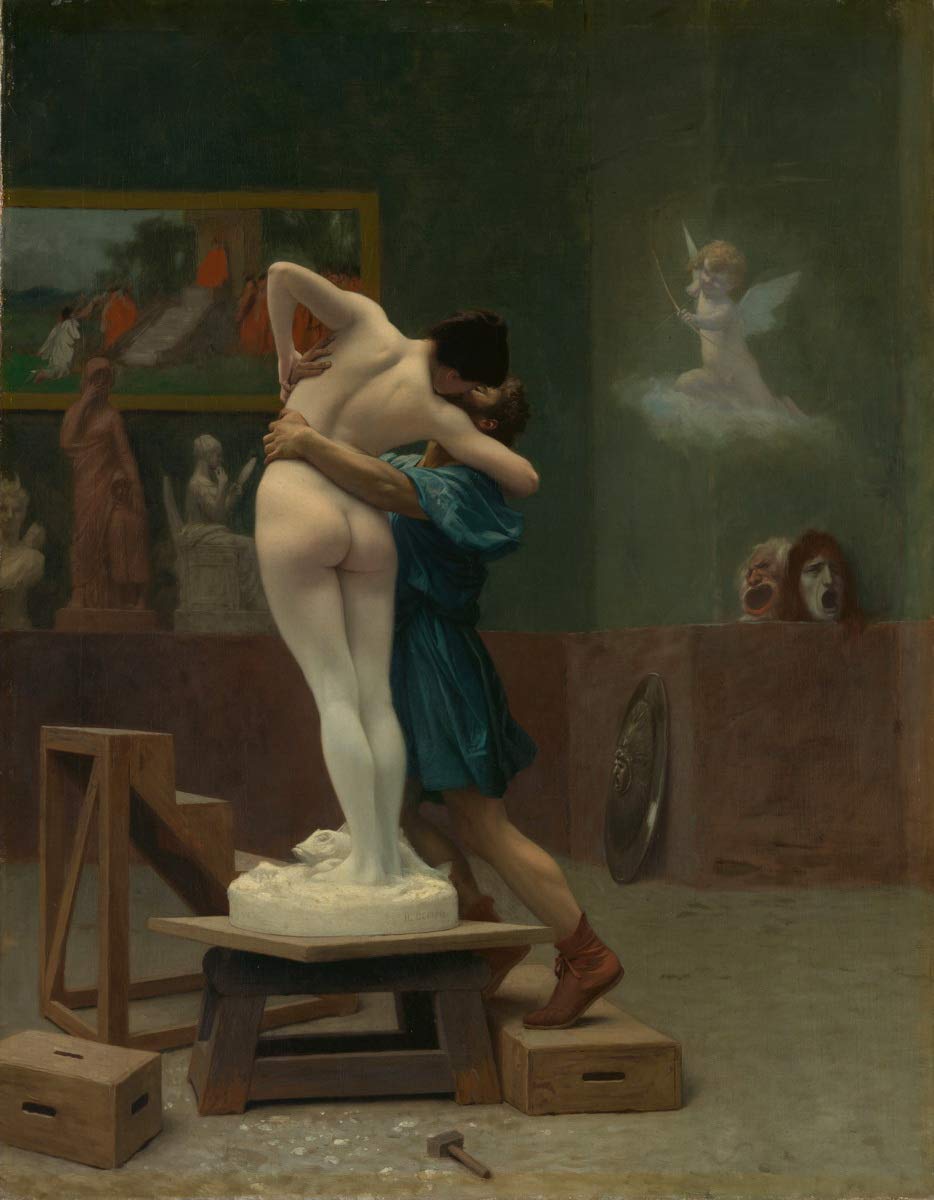
In Greek mythology, the sculptor, Pygmalion, sculpts an ivory statue and falls in love with her. Pygmalion made an offering to Aphrodite that he would receive a bride like the sculpture he had carved. Pygmalion returned home and kissed his sculpture and felt the sculpture had warm lips and kissed back. Aphrodite had brought his sculpture to life, and this painting by French artist Jean-Leon Jerome illustrated the first kiss between Pygmalion and Galatea.
Prometheus Bound (1611 – 1612)
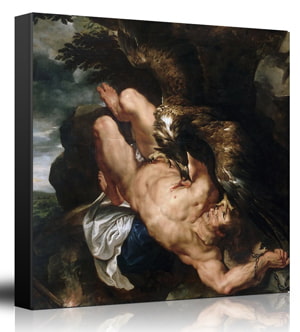
Peter Paul Rubens painted Prometheus Bound around 1611 – 1612. His painting illustrates the Greek hero, Prometheus, bound to a rock with his liver exposed. In Greek mythology, Prometheus was bound to a rock as punishment from Zeus for gifting fire to man. Zeus commanded an eagle to eat the liver of Prometheus daily. His liver would heal each day for the eagle to devour all over again.
This painting shows Prometheus with his side open and exposed while an eagle eats from his side. The eagle has a talon pierced into Prometheus’s eye while the eagle stares at him.
Aphrodite and Ares (1485)
Named after their Roman counterparts, Venus and Mars, Aphrodite and Ares were another masterpiece painted by Italian artist Sandro Botticelli.
The painting shows the goddess of love and god of war lying with each other while baby satyrs played at their feet. Ares is asleep while Aphrodite watches the satyrs play with his armor and lance. Another satyr blows a conch shell in the ear of Ares, which brings a touch of humor to the painting.
This painting by Sandro Botticelli is located in the National Gallery in London.
The Origin of the Milky Way (1575 – 1580)
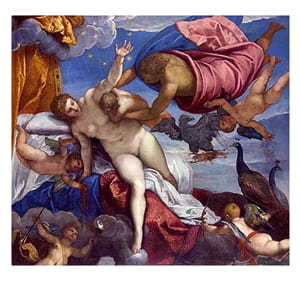
According to Greek mythology, the Milky Way was created as Hera was nursing Hercules. As Hercules had divine strength, he inflicted pain upon Hera as he ate, which caused Hera to push Hercules away. When Hera pushed Hercules away, her milk was spread across the sky and created the galaxy known as the Milky Way.
Italian painter Jacopo Tintoretto painted this depiction which now stays in the National Gallery in London.
The Anger of Achilles (1819)
Painted by Jacques-Louis David, The Anger of Achilles shows Achilles reaching for his sword as he learns that Iphigenia is brought to be sacrificed to appease the goddess Artemis, rather than brought as his bride.
The painting also shows Agamemnon’s wife, Clytemnestra, grief-stricken with her hand on her daughter’s shoulder.
This painting is located in the Kimbrell Art Museum in Fort Worth, Texas.
Perseus Freeing Andromeda (1622)
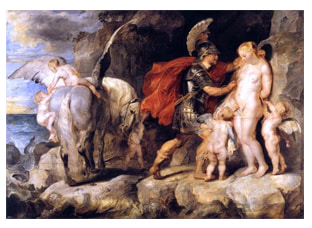
Another painting by Peter Paul Rubens shows Andromeda chained to a rock while Perseus, fully suited in armor, frees her. There are two chubby, small children who appear to be helping Perseus, while three other children are shown with a horse.
The painting is located in the German art gallery Gemaldegalerie in Berlin, Germany.
The Abduction of Ganymede (1635)
The Greek myth of Ganymede tells the story of how Zeus became infatuated with the beauty of the Ganymede and takes the form of an eagle to abduct him. The famous artist Rembrandt portrays this illustration in his oil painting The Abduction of Ganymede.
The painting shows an infantile Ganymede crying in fear as he is taken by the mouth of an eagle. This painting by Rembrandt is located in Staatliche Kunstammlungen Dresden; a cultural institution in Dresden, Germany.
The Cyclops
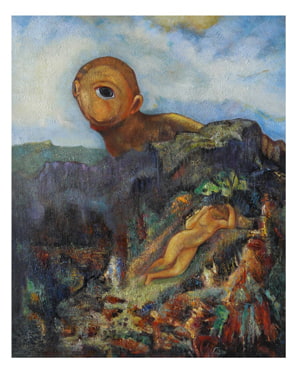
One of the enemies during Odysseus’s journey home, the Cyclops was a one-eyed monster who wreaked havoc among the civilities in which they lived.
The painting by Odilon Redon shows a Cyclops behind a rocky line of mountains while a naked naiad lies in the grass. The Cyclops appears shy and reserved as he hides behind the hills, unwilling to confront the naiad laid out before him.
The Cyclops painting is located at the Kroller-Muller Museum in the Netherlands.
Additional Paintings
There are additional paintings which depict Greek gods, myths, and heroes. Some paintings use the Roman names of these characters, rather than the Greek name. For example, the painting Aphrodite and Ares is often referred to as their Roman names, Venus and Mars.
Greek mythology has been an inspiration among artists for centuries, and their masterpieces have become displayed all throughout the world.

